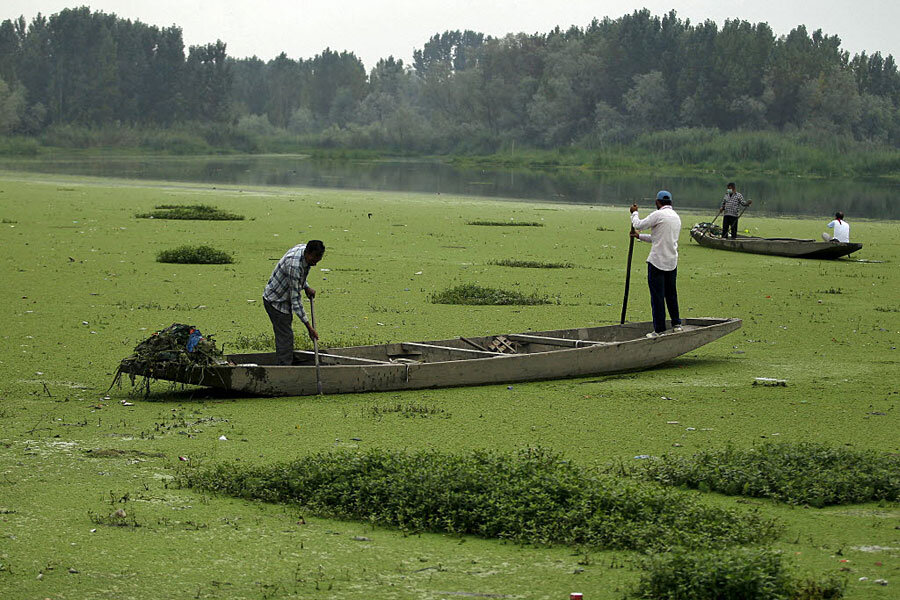Ancestors of land plants may have been wired to move to shore
Loading...
Before fish sprouted legs and walked up onto land, plants paved the way. But how did plants' ancestors – aquatic algae – move onto dry land in the first place?
They had help, say scientists.
Microorganisms like bacteria and fungi may have made it easier for the algae to absorb key nutrients from the soil as it first drifted onto land some 450 million years ago, according to a study published Monday in the journal Proceedings of the National Academy of Sciences.
A similar symbiotic relationship still exists in land plants today, but the researchers found that the origins of this relationship predates terrestrial plants.
The researchers found that some genes allowing this relationship evolved even before the ancient algal slime moved to land, while other aspects of the symbiotic relationship and plants' success on land came later.
"We were expecting that these mechanisms arose with land plants," Jean-Michel Ane, a University of Wisconsin-Madison professor of bacteriology and agronomy and the senior author of the paper, explained in a news release. "The surprise was finding in algae the mechanisms we know allow plants to interact with symbiotic fungi."
Scientists have long puzzled over how plants evolved to survive on land — which was inhospitable to life at the time. Mineral nutrients would have been difficult to obtain.
By noting that the same genetic pathways exist in the ancestors of modern terrestrial plants, the researchers now have a better idea how these ancient plants made it.
"The association between plants, algae and fungi probably played a really important role in the ability of plants to colonize land," said Dr. Ane. "In fact, many of us think early plants were able to colonize lands because they evolved the ability to associate with beneficial fungi."
The transition to land happened some 450 million years ago, kicking off a massive explosion of life. Plants on dry land dramatically changed the ecosystem, allowing for life to evolve to its modern-day expression.
When plants colonized land, they absorbed significant amounts of carbon. This decreased the carbon dioxide in the atmosphere, leading to dramatic climate change. It was this ecosystem that allowed animal evolution.
"Without the development of this pre-adapted capability in algae, the Earth would be a very different place today," said study co-author Pierre-Marc Delaux.
This research could have modern implications too, according to the researchers. They hope that this better understanding of plants' genetics and nutrient absorption could help improve crops, particularly ones that currently need a lot of chemical fertilizer. If scientists can help these plants better absorb nutrients naturally, they could potentially improve the production of certain crops.








